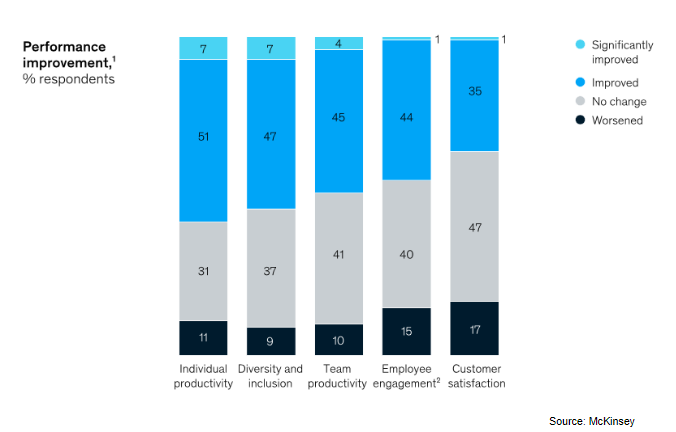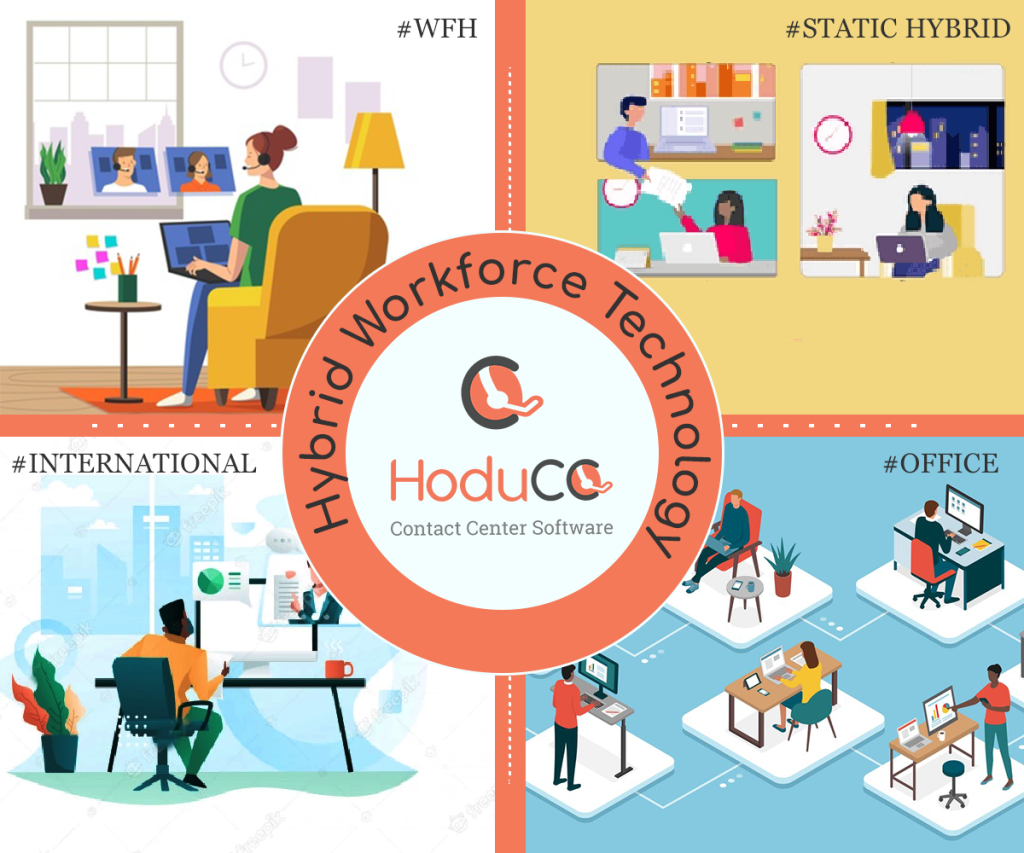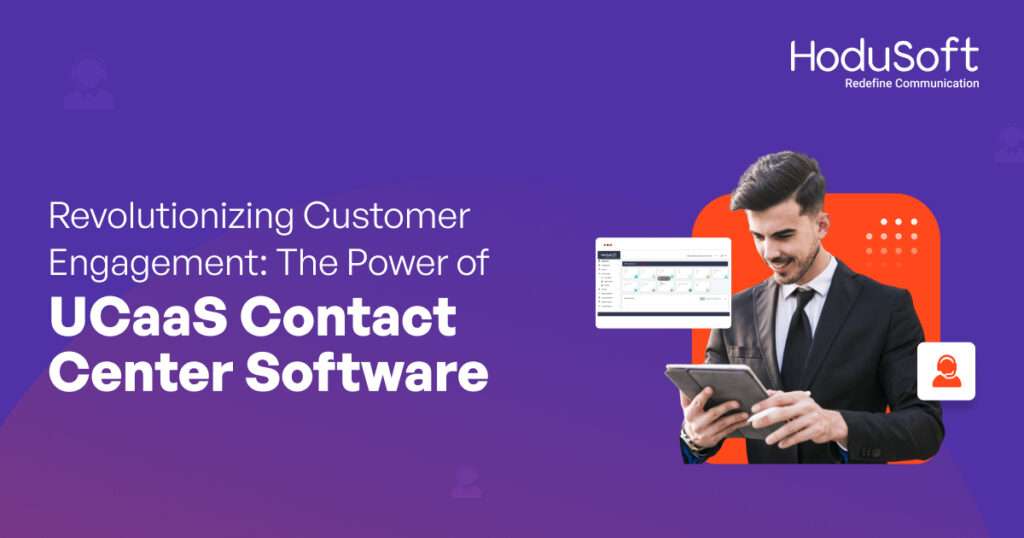A Guide to Hybrid Workforce Technology for the Future of Work
For most of us, the pandemic has been a period of remote work, with in-between visits to the place of work. As things change in the post-vaccinated world, business leaders need to find a way of adapting to the ‘new normal’. A survey carried out by Accenture found that 83% of workers prefer a hybrid work model going forward. Organizations will need to come up with technology to support a hybrid workforce and effectively manage differences in a complex environment. The majority of the call and contact center organizations in the past have focused on on-site workforce technologies, overlooking remote service as sizable workers reported to the office every day. This was the case with call and contact centers the world over. During the peak of the Covid-19 pandemic customers in the US queued up for hours on the other end of the phone on busy call center lines. Companies were short-staffed as many employees called in sick or were unable to report to work.WFH and Technological Interventions
However, with changing times the “work-from-anywhere” mode will be a norm. Companies need to adapt and evolve with dynamic workplace changes occurring at an accelerated pace. Some companies have already taken the leap and witnessed improvement in their performance metrics. Today, technological interventions have made it possible to have a hybrid work environment and carry out long-term remote work rather than pilot programs. As per Gartner, 30% of organizations will shift their on-premise contact center operations to remote by 2024. This would cause a 60% increase in customer service agents working from home. Have a look below at the graph below from McKinsey Survey, which shows positive changes experienced by those companies that implemented hybrid workforce models.
- Can your organization’s contact center leaders create a suitable remote-working environment to support customer service operations?
- Does your organization’s contact center platform have the appropriate collaboration technology to implement the effectiveness of remote working?
Key Features – Hybrid Workforce Technology from HoduSoft
-

HoduCC Hybrid Workforce Technology Cloud-based deployment
-
Remote agent
-
Browser-based access
-
Call Bridging
-
Inbuilt WebRTC Phone
-
Multi-Level IVR
-
Call Recording
-
Omnichannel
-
Auto dialer
-
Predictive dialer
-
Real-time analytics and reports
-
CRM integration
-
SMS integration
Use Cases
Stable Internet Connection
- Easy Access to Server: The users can access the server by logging into their Admin/Agent /Team lead/Supervisor panel remotely by connecting their device to the internet.
- In-built WebRTC Phone: Agents or supervisors can place or receive calls by login into their respective portal.
- Support External SIPs: With external SIP support, users can simply register their extension on SIP SoftPhone or IP Phone to make or receive calls. They can also use system codes to perform various tasks such as queue login/logout, call transfer to multiple available options, etc.
Read Also: EasyFive Reasons Why E-commerce Players Need Social Media Contact Center Software
Unstable Internet Connection
- External number with Web portal: Users with unstable Internet access can use an external number (mobile/landline) with the web portal.
- Access to Website: Users with Unstable bandwidth for voice calls can access websites.
- Easy Configuration: Users can configure their external number (mobile or landline) to receive calls from HoduCC.
- Access to Key Details: While using the external number for receiving calls, users can have access to various details on the portal like call script, surveys, CRM, call disposition, and various other details to carry out various functions via the web portal.
- Call Bridging: In case of an unstable internet connection, the agent needs to dial the number from the web portal. The call will be transferred to the agent’s mobile first and once the agent answers the call, the system will automatically dial the customer’s number and the call will be bridged with the agent’s call.
No Internet Access
- External Number: Users with no internet connection and/or PC/Laptop can use an external (mobile or landline) number.
- Easy Login System: The agent or supervisor can log in to the platform by dialing a specific number and system code. Once logged in, the agent will start receiving calls directly to his mobile or landline number.
- DID Number Configuration for Dialing-Out calls: Agents can easily dial out calls from their mobile or landline number via a predefined DID number configured in HoduCC.



